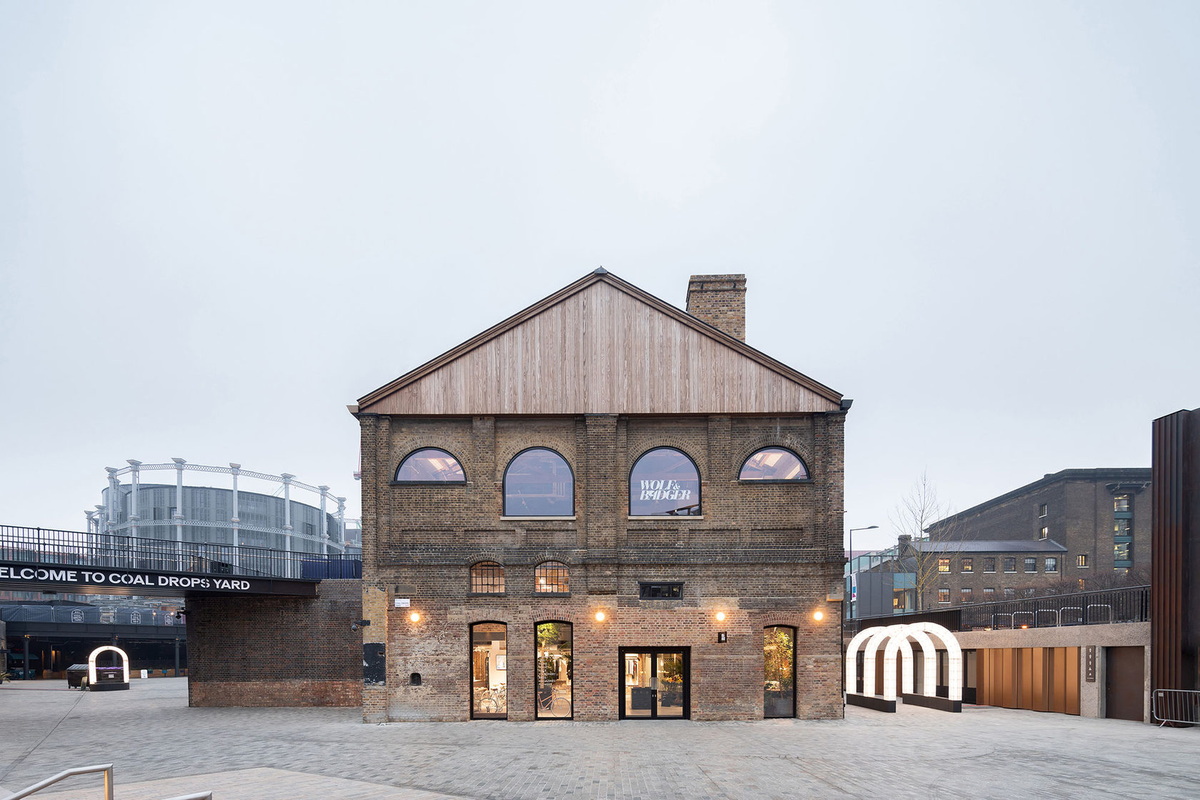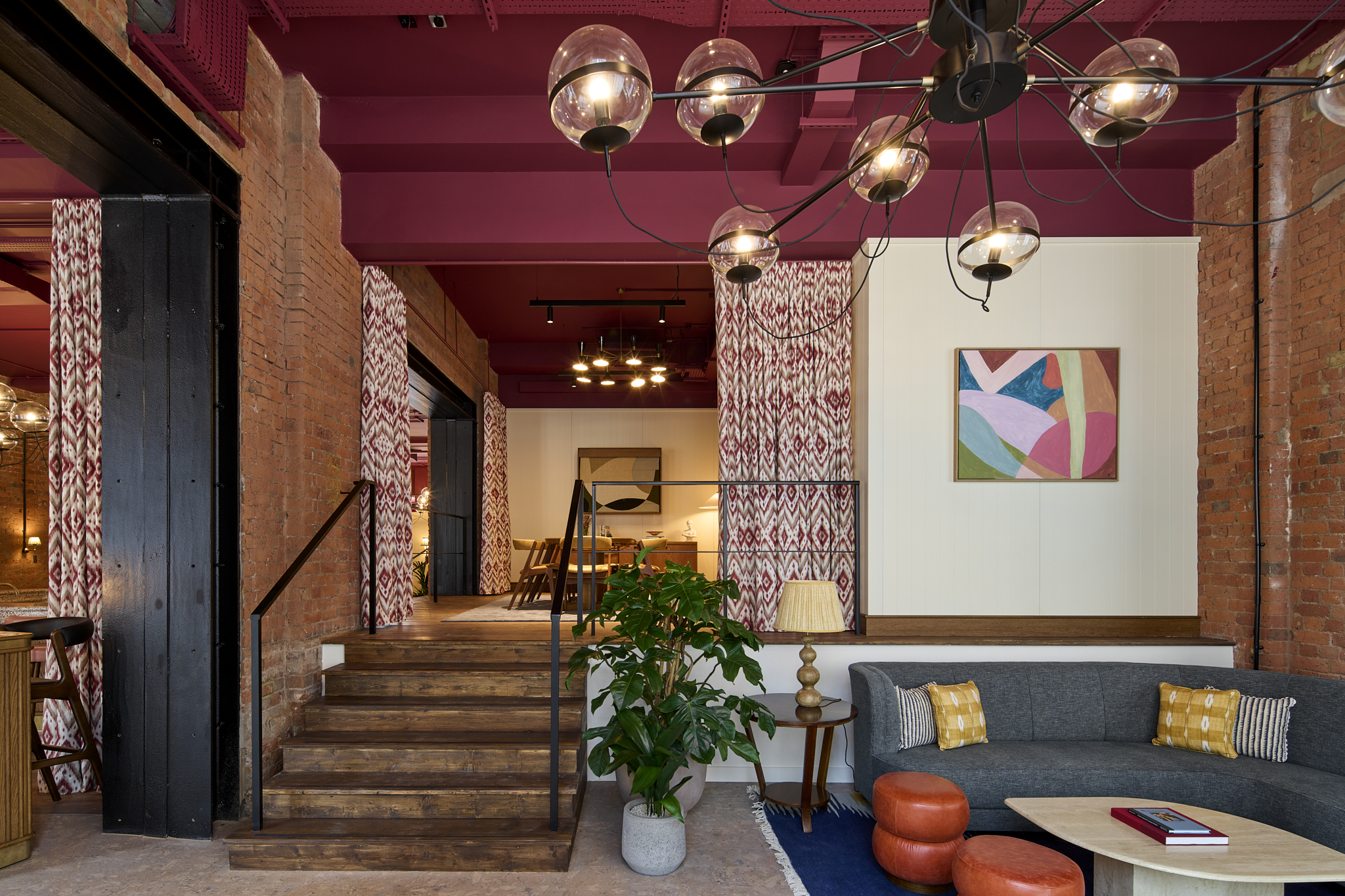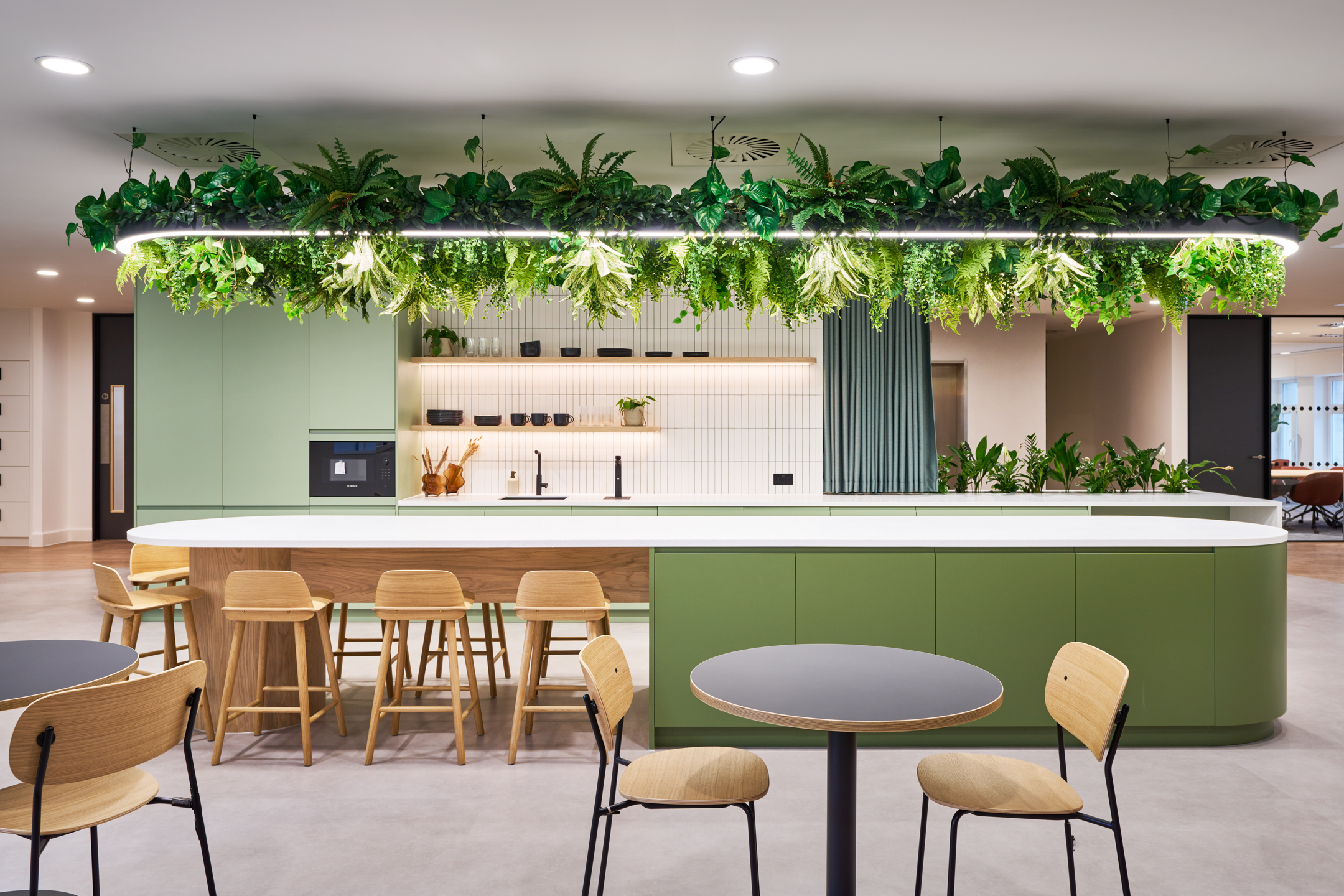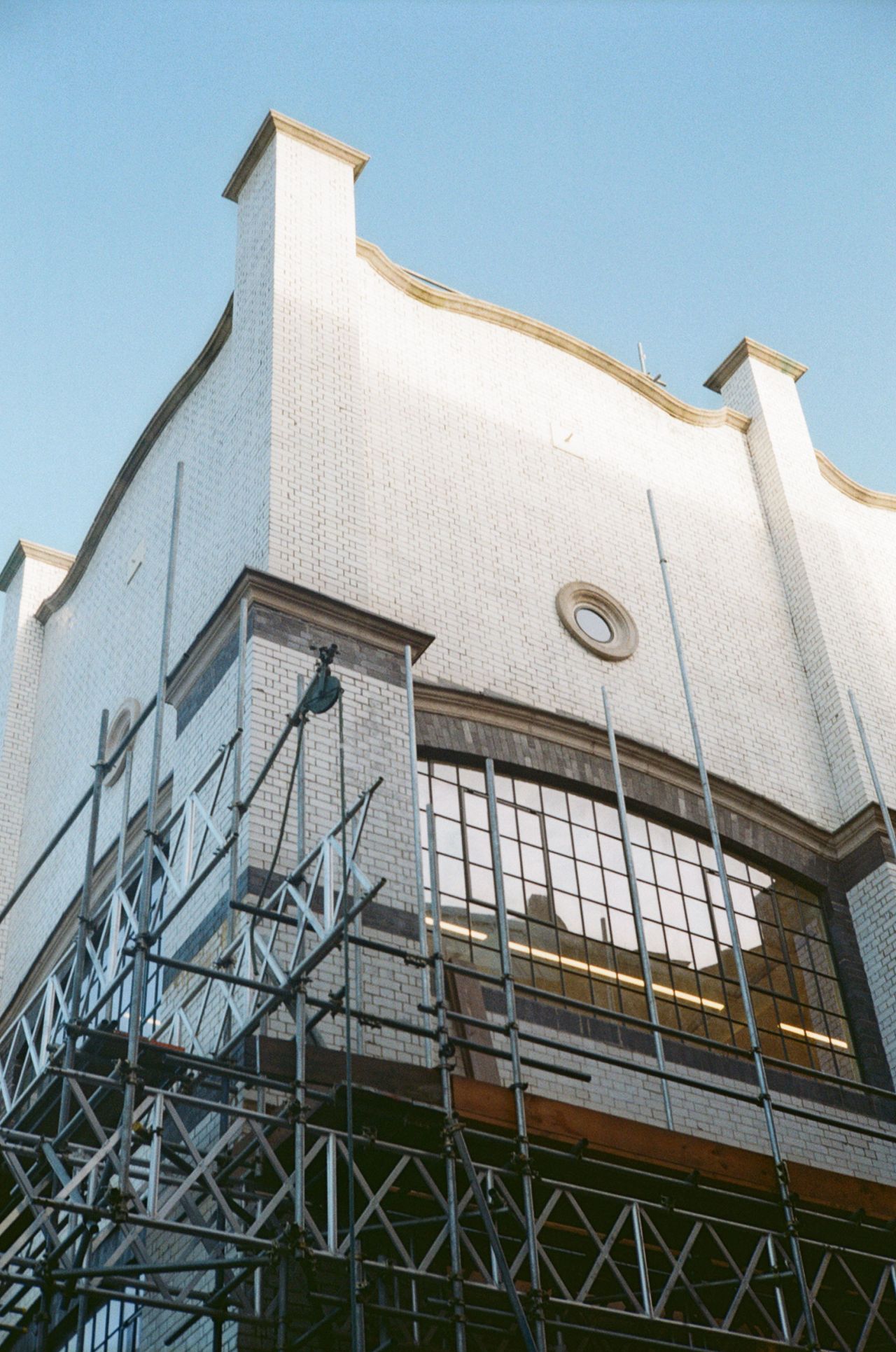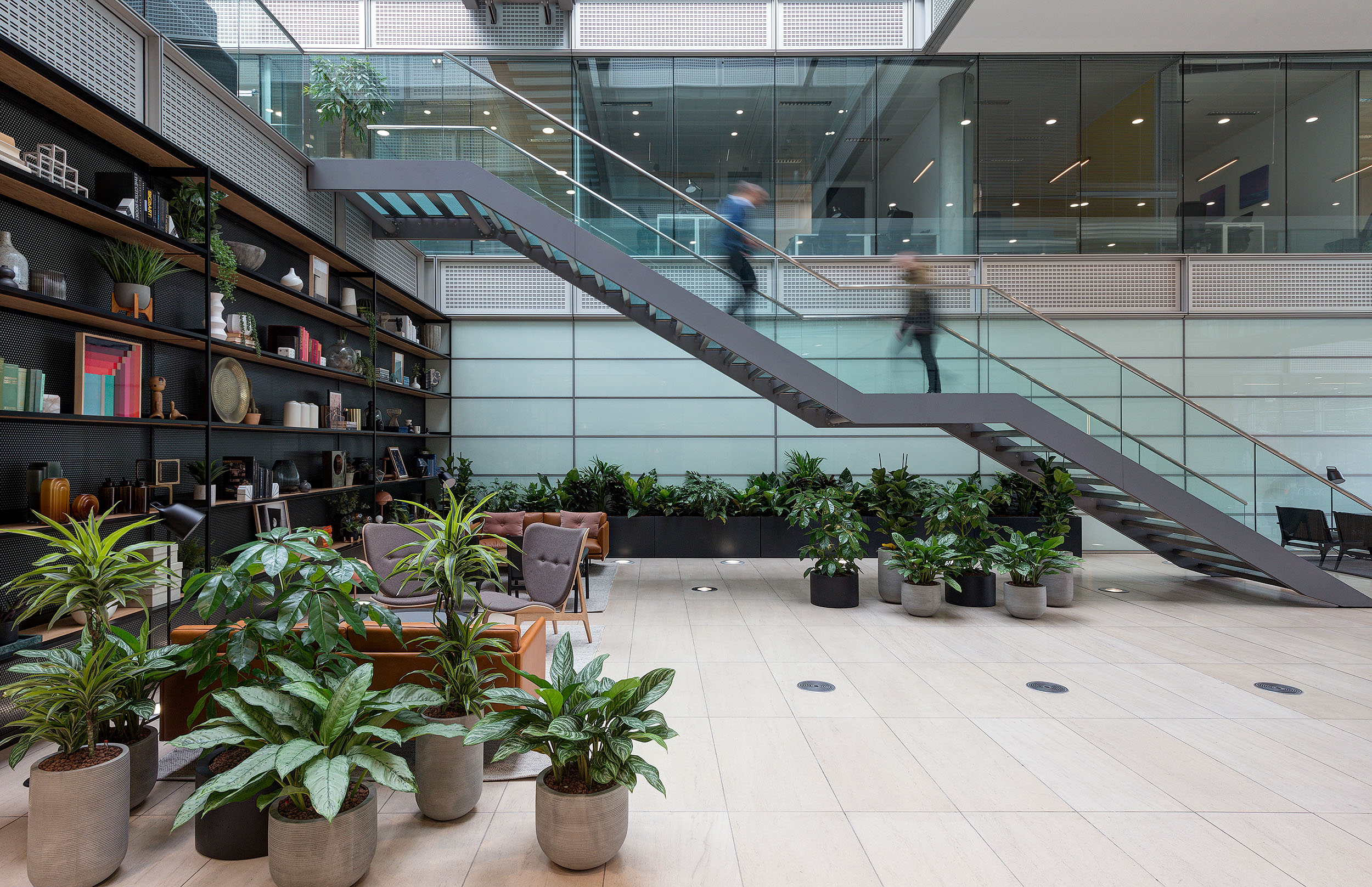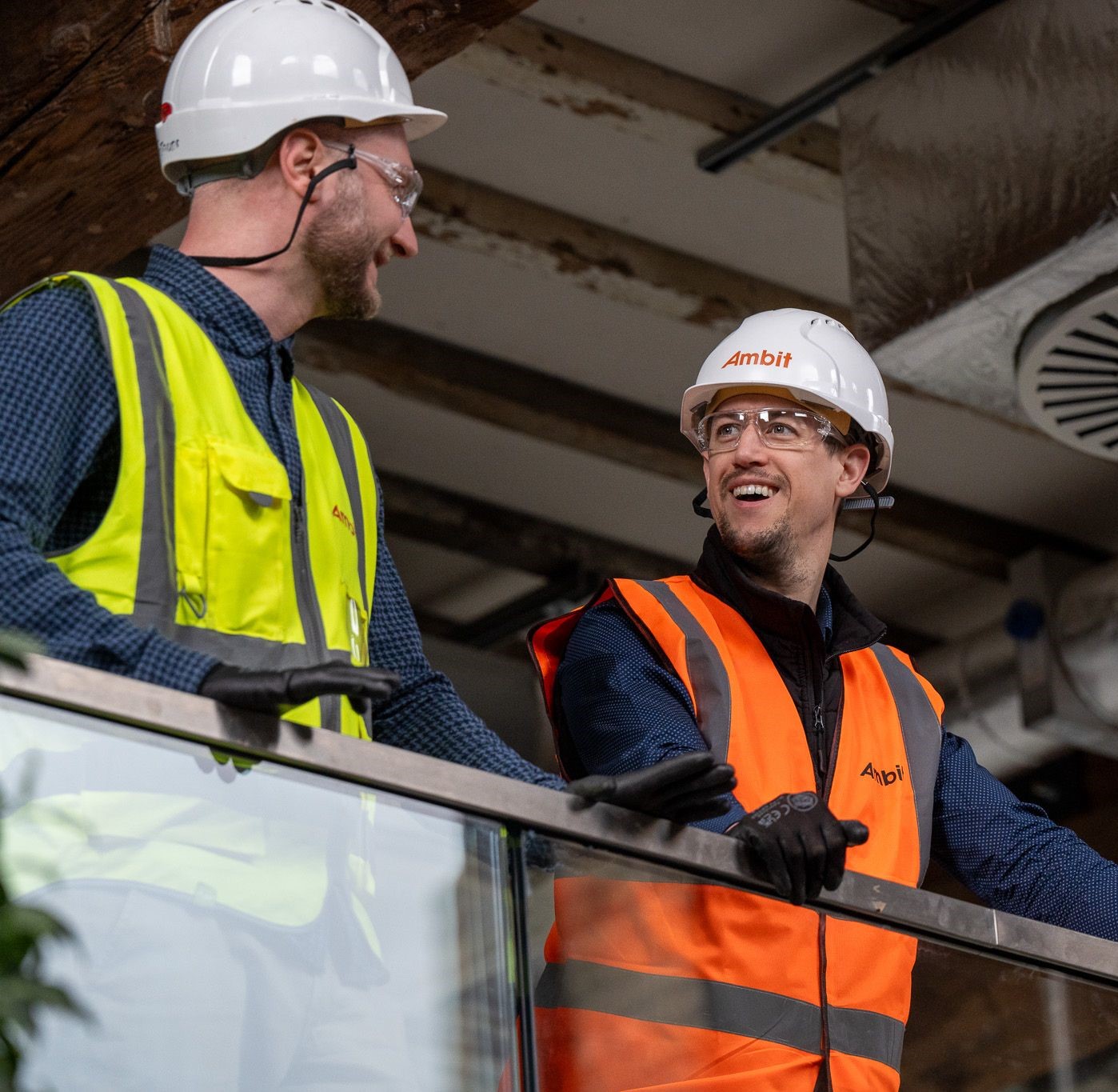Working with Grade Listed Buildings
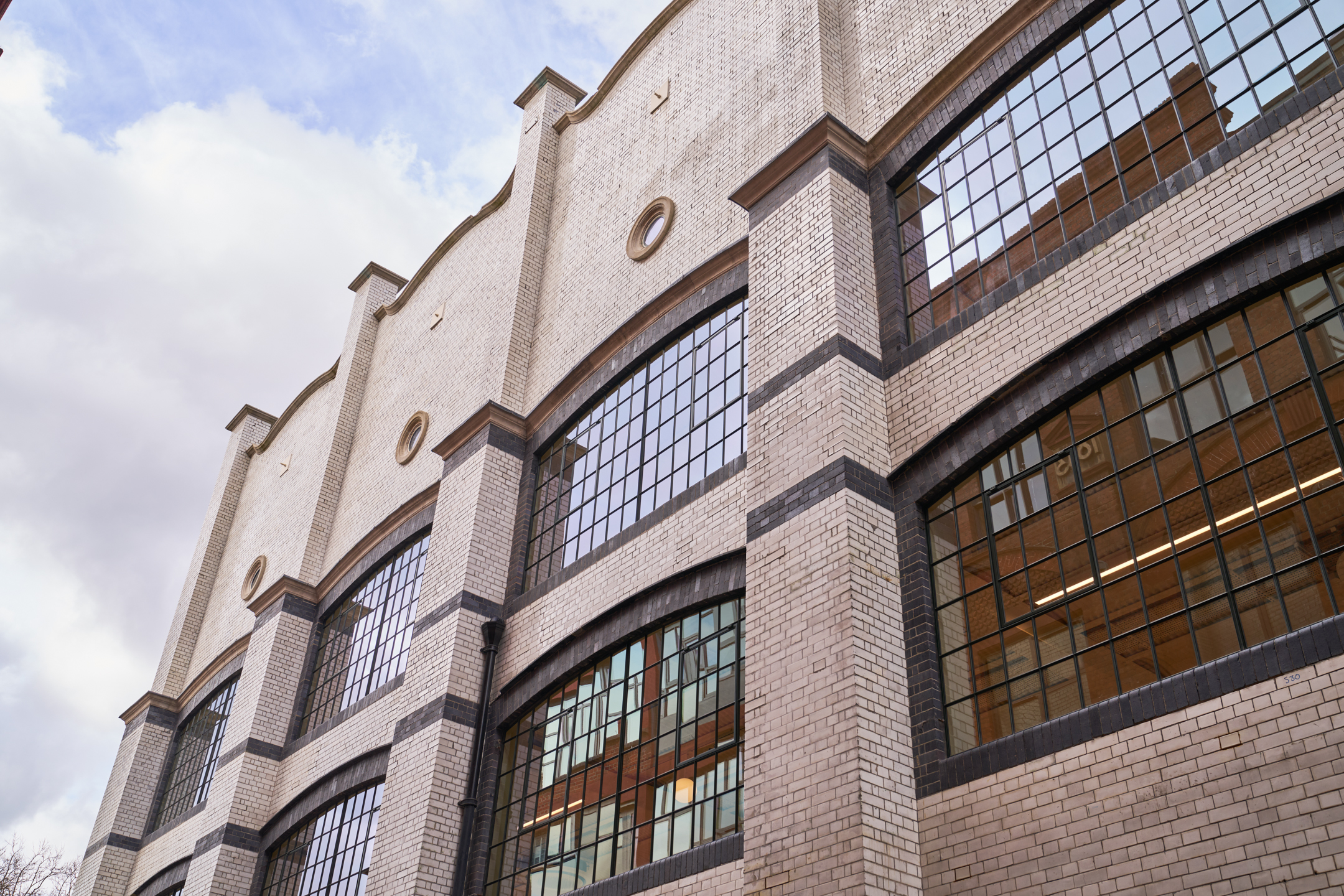
Listed buildings are a significant part of our cultural heritage, requiring careful attention and expertise to maintain their historical and architectural value. There are more than 370,000 listed buildings on the National Heritage List for England. This guide will explore the different grades of listed buildings, their significance, and the challenges involved in working with them.
What is a Listed Building?
A listed building has been placed on the National Heritage List for its special architectural or historical interest. Listing covers more than just castles and stately homes. It includes a variety of structures like banks, shops, and factories. Listing celebrates and protects these buildings to ensure any changes respect their special interest. In England, the status of listed buildings is overseen by English Heritage and has three main categories:
Grade I – Grade 1 buildings are of exceptional interest, accounting for about 2.5% of all listed buildings. These structures often include iconic landmarks and historically significant sites. Due to their extraordinary value, any work on Grade 1 buildings is subject to strict regulations. Alterations, extensions, or repairs require detailed planning and the use of original materials and techniques to maintain authenticity.
Grade II* – Grade 2* buildings are significant and of more than particular interest, making up around 5.8% of listed buildings. These buildings often feature unique architectural elements or significant historical associations. While the regulations are slightly less strict than those for Grade 1 buildings, maintaining their distinctive features and historical integrity is key.
Grade II – Grade 2 buildings are the most common, representing roughly 92% of all listed buildings. These structures are of national importance and particular interest. Although the regulations for Grade 2 buildings are more flexible, any changes still require careful consideration to preserve their historical character.
Scotland categorises these buildings as A, B and C, while Northern Ireland uses A, B* and B1/B2.
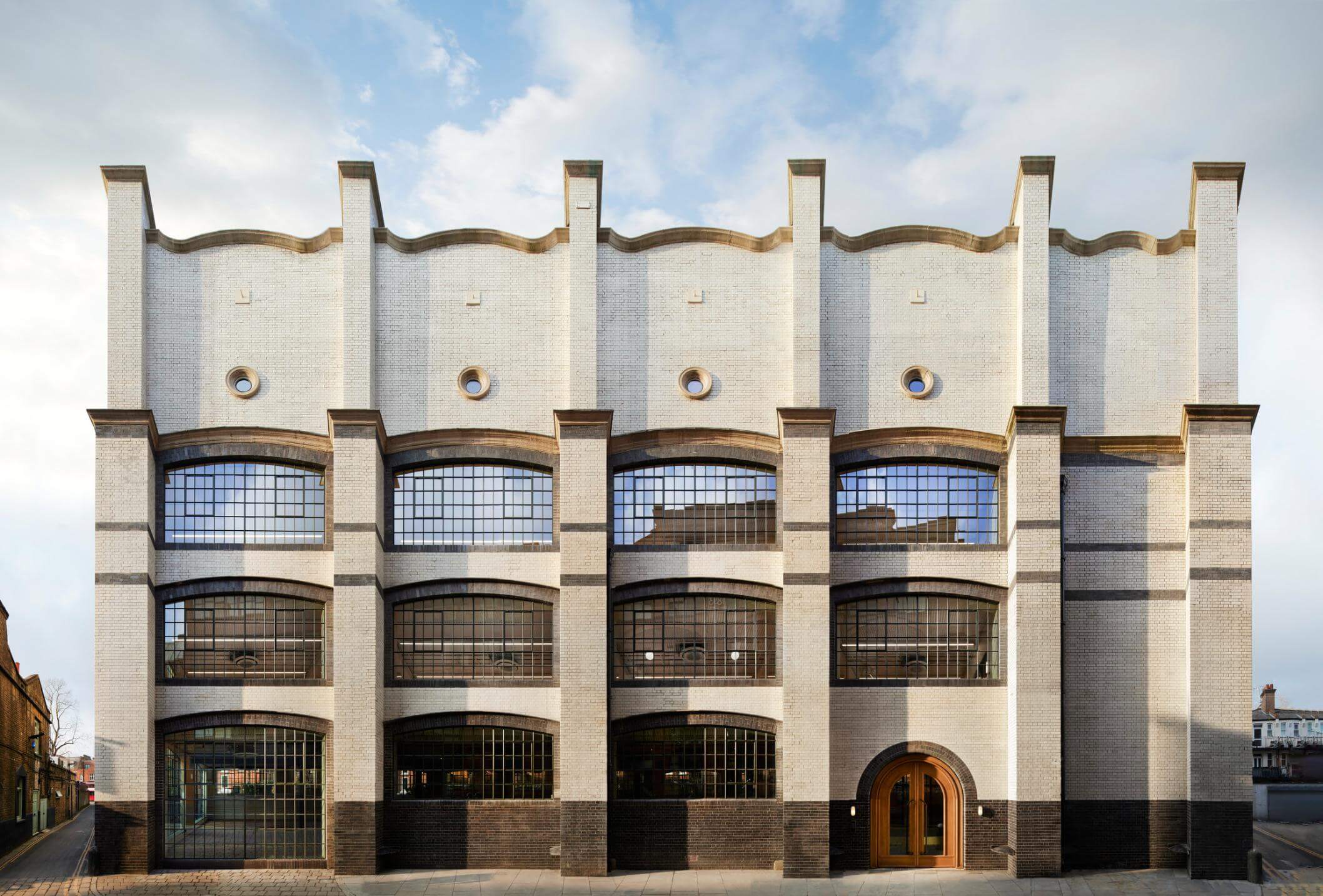
Can I Refurbish a Listed Building?
Yes, you can refurbish a listed building, but you will need to be careful about the types of changes you make. More significant changes, such as alterations to the building’s layout, materials, structure, or any work affecting historical features, will typically require a listed building consent. This ensures that any changes respect the building’s historical and architectural significance. The two most common consents are:
Listed Building Consent is required for any changes affecting a building’s character, including alterations, extensions, or demolitions. The local planning authority reviews these applications, with a conservation officer assessing the proposals. This process is more detailed than standard planning applications and requires additional information.
The Local Planning Authority ensures compliance with national and local planning policies. Consultation with heritage charities like Historic England is often required to secure the necessary permissions for any changes.
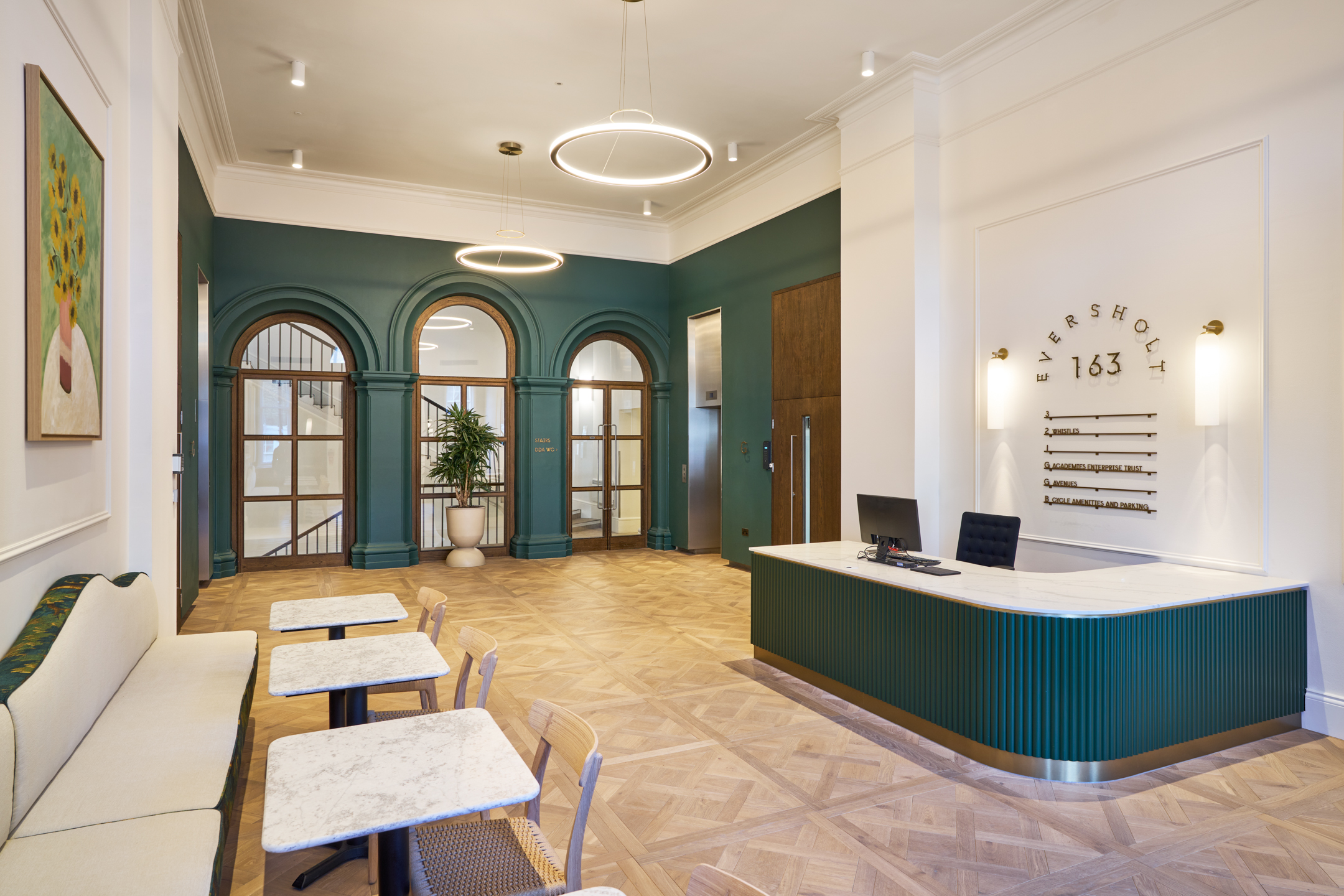
When is Listed Building Consent Not Required?
Listed building consent is generally not required for ordinary maintenance and repairs carried out like-for-like, such as repainting or redecoration. For instance, replacing fittings in the teapoint and bathroom, redecorating, or making other minor internal alterations typically does not require consent, provided these changes do not affect the special interest features of the building.
Challenges in Working with Listed Buildings
Working with listed buildings presents several challenges, including navigating complex regulations, securing Listed Building Consent, and ensuring that any renovations or additions respect the building’s historical and architectural integrity. Sourcing period-appropriate materials, using traditional construction techniques, and balancing contemporary needs with preservation requirements can also be challenging. The process often involves lengthy approval processes and careful oversight examination by local authorities and heritage organisations, making it a time-consuming and intricate task.
Our expertise and experience allow us to handle these challenges, preserving the building’s character while meeting all regulatory requirements. We are committed to maintaining the integrity of these important structures, as demonstrated by our transformation of the Grade II-listed Voysey House into a contemporary building that blends heritage with future needs.

